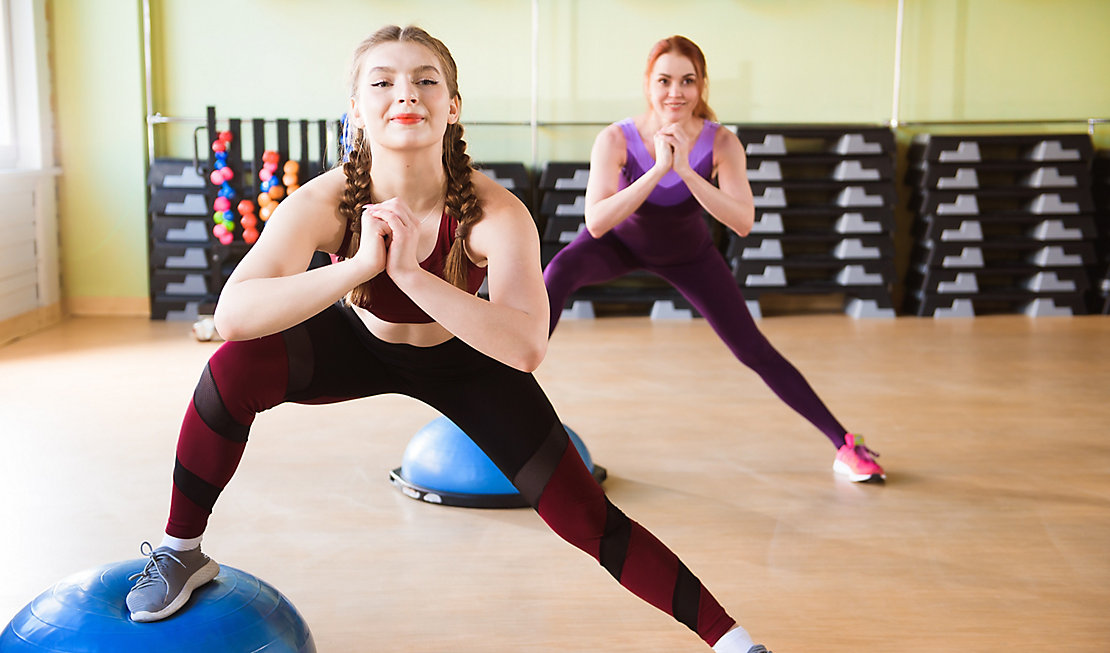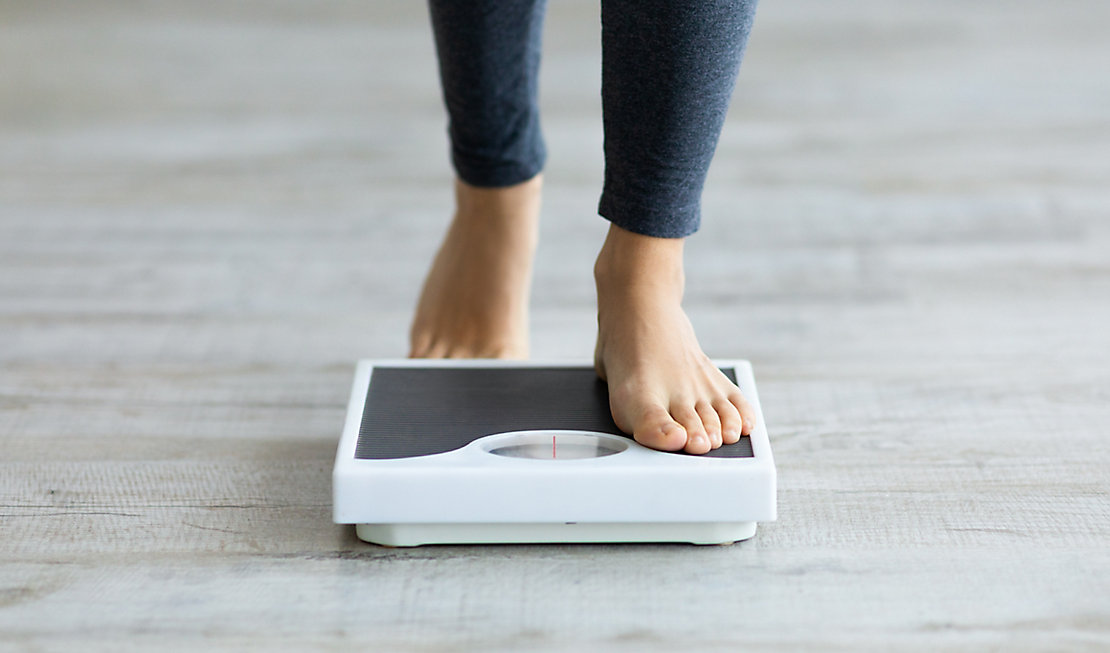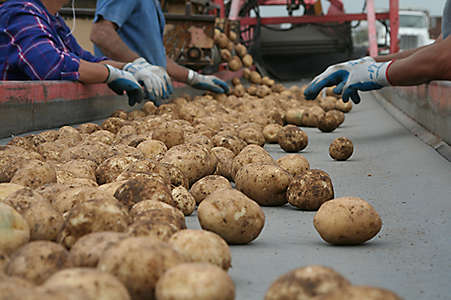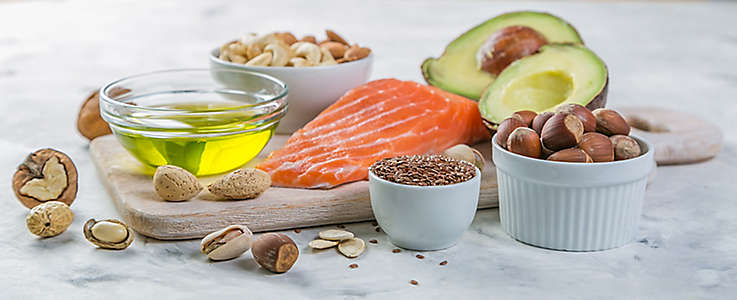Keeping Tabs Helps Here Too
Increased monitoring of factors that influence weight help us lose or maintain weight.13 Knowing what you weigh helps, but you also need to know what you're eating. A number of studies have confirmed that positive associations exist between those who regularly log their food and those who lose weight.13,14 It also appears that frequency is key - the more an individuals adheres to logging diet and tracking physical activity, the greater their success at losing weight.14 Technology has helped make this easier. People who use their cell phones to track their diet are more successful at sticking with it - and there are a number of free apps that help us record info in real time.
It all comes back to identifying our habits and behaviors that might need a little help. If we’re not tracking, it’s hard to know how we can improve and set realistic goals for ourselves. Simply put, if we don’t know how much we weigh, how do we know if we’ve lost weight? If we don’t know how active we are, how do we know that we maintained or increased our activity? If we don’t know what we eat in a day, how can we watch what we’re eating?
The data is clear that self-awareness is key. So get on board with self-tracking, or deliberately and regularly collecting measurable data on yourself. Over 70% of Americans are tracking some aspect of their health and 87% of those individuals are trying to track weight, diet or exercise.14
Consider Supplements that Might Help
Data shows that setting a routine can help you reach your weight loss goals, and those who achieve long-term success often form and maintain healthy habits. Perhaps the easiest habit to form is taking a daily supplement to support your nutrition. Kemin develops plant-based supplement and health food ingredients that can help you reach your weight loss or fitness goals - even in the winter.
Potato-sourced Slendesta ® contains a natural protein that signals fullness in the body to control your hunger between meals.
Want to learn more about Kemin's functional ingredients, contact us!










